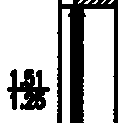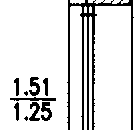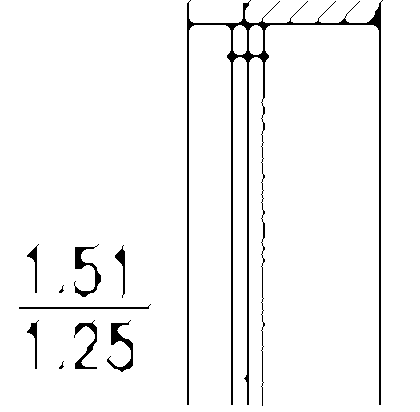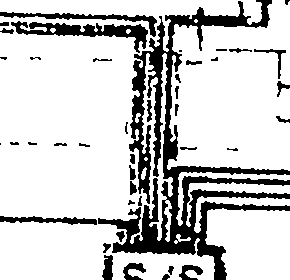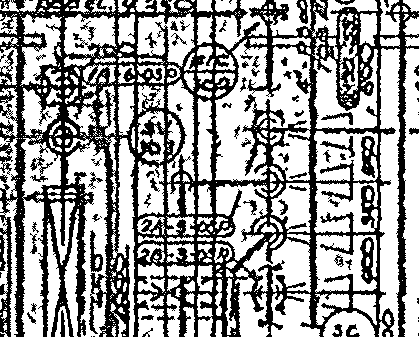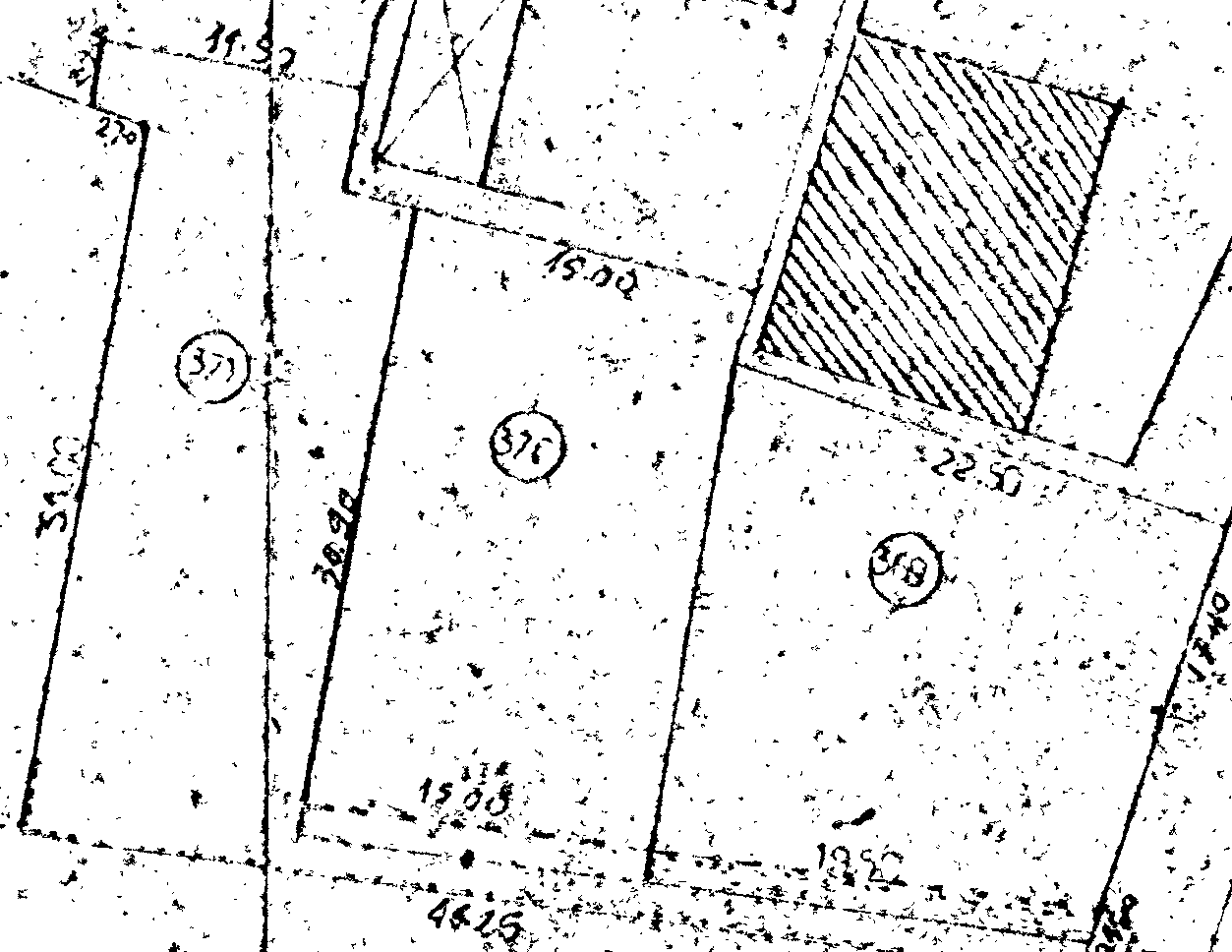Scan guide
Scanning and Scan Quality
Professional processing of scanned technical drawings or maps requires a good image and scan quality. Suitable scanning systems that are capable to also capture large-format documents (A0/E-size +) provide state-of-the-art optical technology based on digital cameras or on contact sensors and LEDs. Being a part of most such systems, a specialized software will control the scanning process while it helps to generate a preferably detailed scan result (raster, raster data). "Desktop" scanners cannot be recommended for good quality scans in the fields of CAD and GIS, and they should only be applied for office documents.
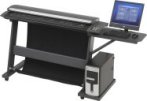
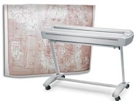
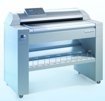
Drawings and maps which predominantly contain line-based graphics should always be scanned in a "binary" mode. Usually, this can be set up easily by choosing "black/white" or "monochrome" as a scan option. This will make sure that scan results are directly available for a vector conversion or for hybrid processing (see below). Scan options such as "Grey tone" or "Grey Level" do not result in a "true" black/white or binary scan. Thus, grey tone scans require a different and, sometimes, more complicated post-processing procedure.
Contrast and sharpness of detail will, of course, also depend on the condition of the original document when scanned. Heavy dirt and stains, faded graphic structures, blended lines, and information overlays may disturb further processing, or they will make it difficult to obtain usable vectorization results.
However, the control options of a scanner system and special VP software optimization functions can increase the quality of documents considerably. This can support a feasible vectorization and will, in most cases, facilitate hybrid processing.
Threshold Value
As an important control option quality scanner systems provide to set up a "threshold" value. This allows for an accurate adjustment of the foreground (black) and background (white) in a document. There are manual and automatic threshold control methods which render to generate the best visual quality. Ideally, an accurate threshold value setting will eliminate background dirt while the essential graphic information is clearly exposed.

However, a wrong threshold value may lead to fading out not only background but also information content which will get lost in the scan result. Then again a wrong threshold value setting may cause that structures will blend or unwanted background details will abound, so that the essential information cannot be distinguished sufficiently.
Scan Resolution
Normally, the scan resolution should be set at 300 dpi or 400 dpi. In most cases a higher resolution does not increase the scan image quality, but it will only bring out more unwanted background details. On the contrary, when the resolution value is set too low important information details may get lost. For vectorization and hybrid processing a good separation of line elements, hatches, text etc. is essential as it determines a proper recognition for graphic editing or conversion.
See the following examples:
File Formats
To save "binary" scan images (black/white) the most preferable file format is "TIF Group4". This format provides a high rate of image data compression without information loss. In general, the generated file sizes allow for an effortless handling and will usually range below 1 MB even with large format documents.
Other popular formats, such as JPG, BMP are not recommended. These formats do always create color data, even when the original document is actually in black/white. Plus, with JPG's color data compression information losses are inescapable.
Saving in PDF will "embed" the scanned raster image in the document. Here, the image compression option should also be set to "TIF Group4". Other TIF compression modes are also possible. After loading and editing such PDF documents in VP software they can also be saved again in PDF.
Vectorization
Automatic or interactive ("tracing") vectorization in a feasible quality requires a scanning result with a good contrast and a distinguished graphic structure. This will optimize the software's recognition results and will minimize post-processing corrections. VP software contains many specialized and easy-to-use tools to finalize a vectorized image, such as connect disrupted elements, text review, layer assignment, element trimming. With a few mouse clicks these functions will quickly complete all necessary corrections. Saving in a vector format includes DXF, DWG, DGN (CAD) or SHP, MIF (GIS).
There are documents which are not suitable for an automatic raster to vector conversion. See the following examples of scans which could not be produced in a better quality. These and similar documents rather require a hybrid processing or interactive conversion approach:
Hybrid Processing
Hybrid processing refers to methods to directly edit scanned drawings to change, update or enhance their information content. With draw functions, intelligent element picking, text editing and other intuitive tools the content of scanned raster drawings is immediately accessible. A raster to vector conversion is not needed, thus, hybrid processing provides the fastest way to edit, correct and revise legacy drawings. Moreover, when applied in conjunction with AutoCAD/BricsCAD/ZWCAD, softelec's hybrid software solutions will make all AutoCAD/BricsCAD/ZWCAD commands also usable for and on raster elements.
Finalized documents can be saved in a pure raster format (e.g. TIF, PDF), or they can be saved as hybrid data, i.e. vector and raster information are combined. Hybrid data formats, such as DWG or RasterDWG, are capable to store CAD created vectors and the original or refined raster image together in one document. These document files are compatible with any other AutoCAD/BricsCAD/ZWCAD seat and ensure a complete and safe data transfer.
PDF Download
You can download the complete Scan Guide in PDF here:

